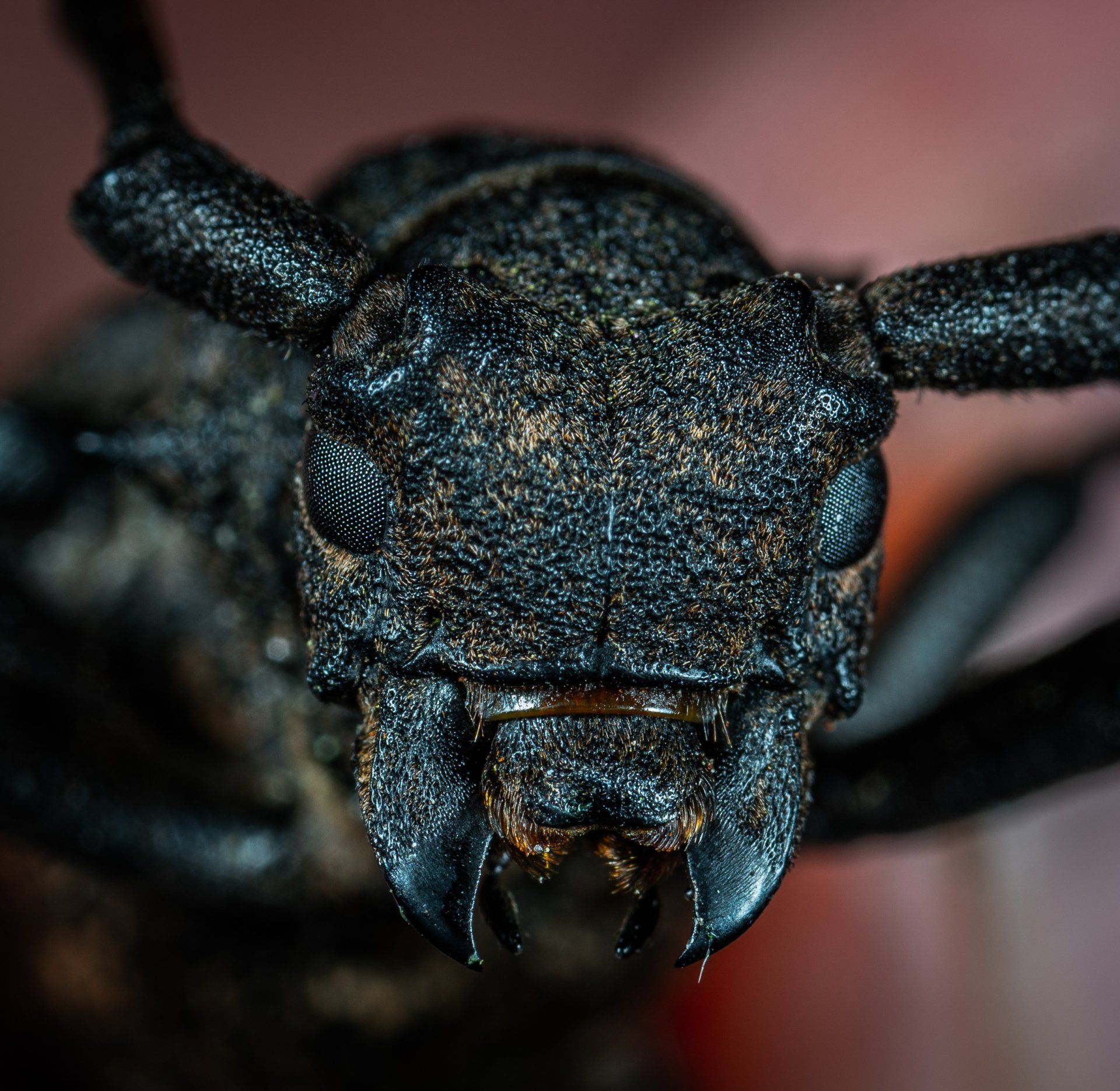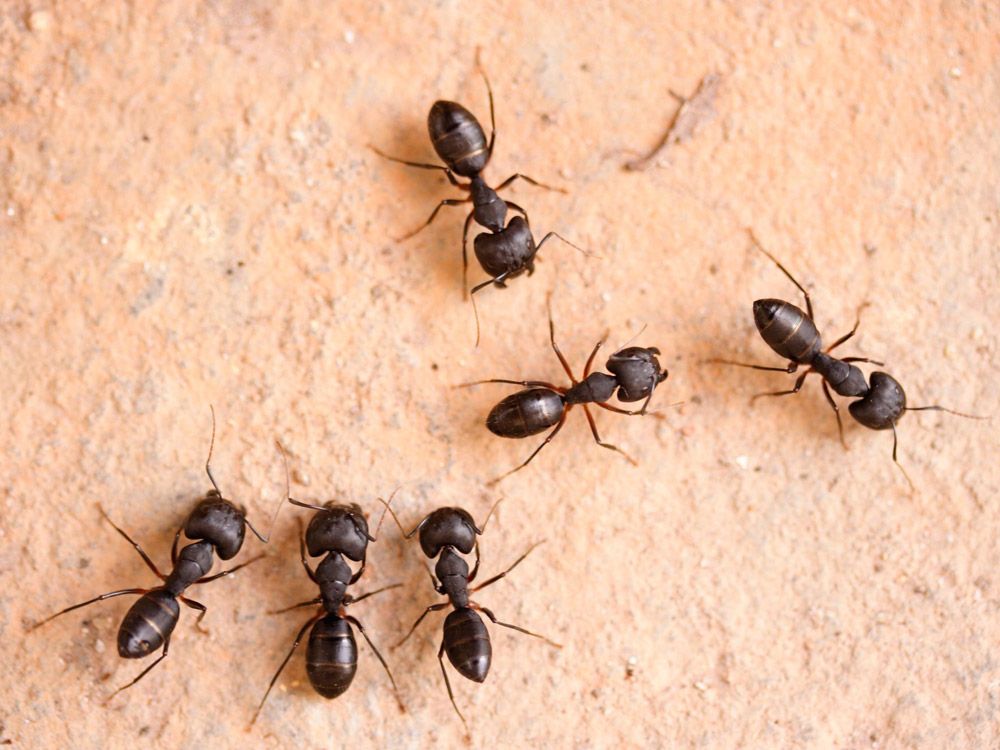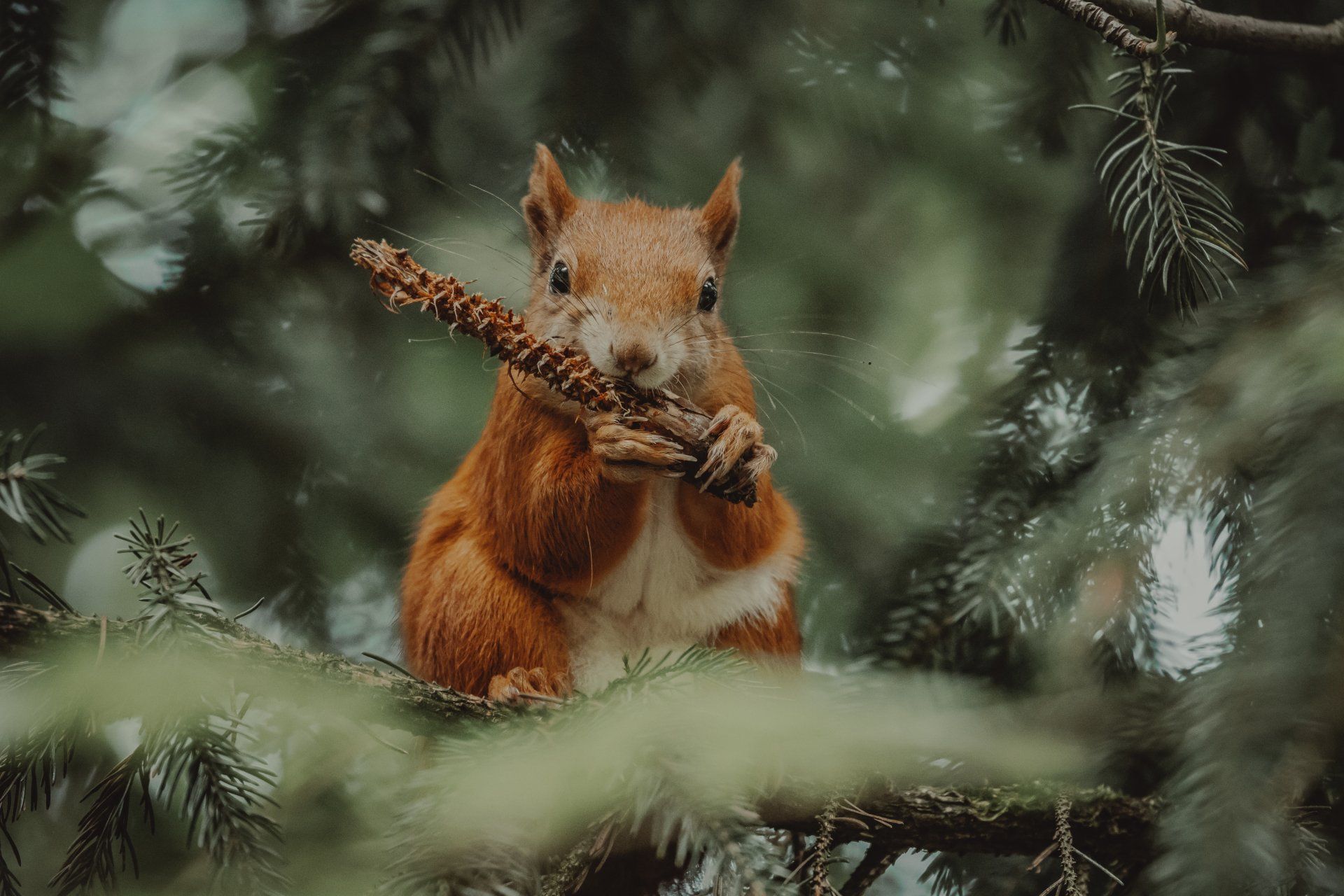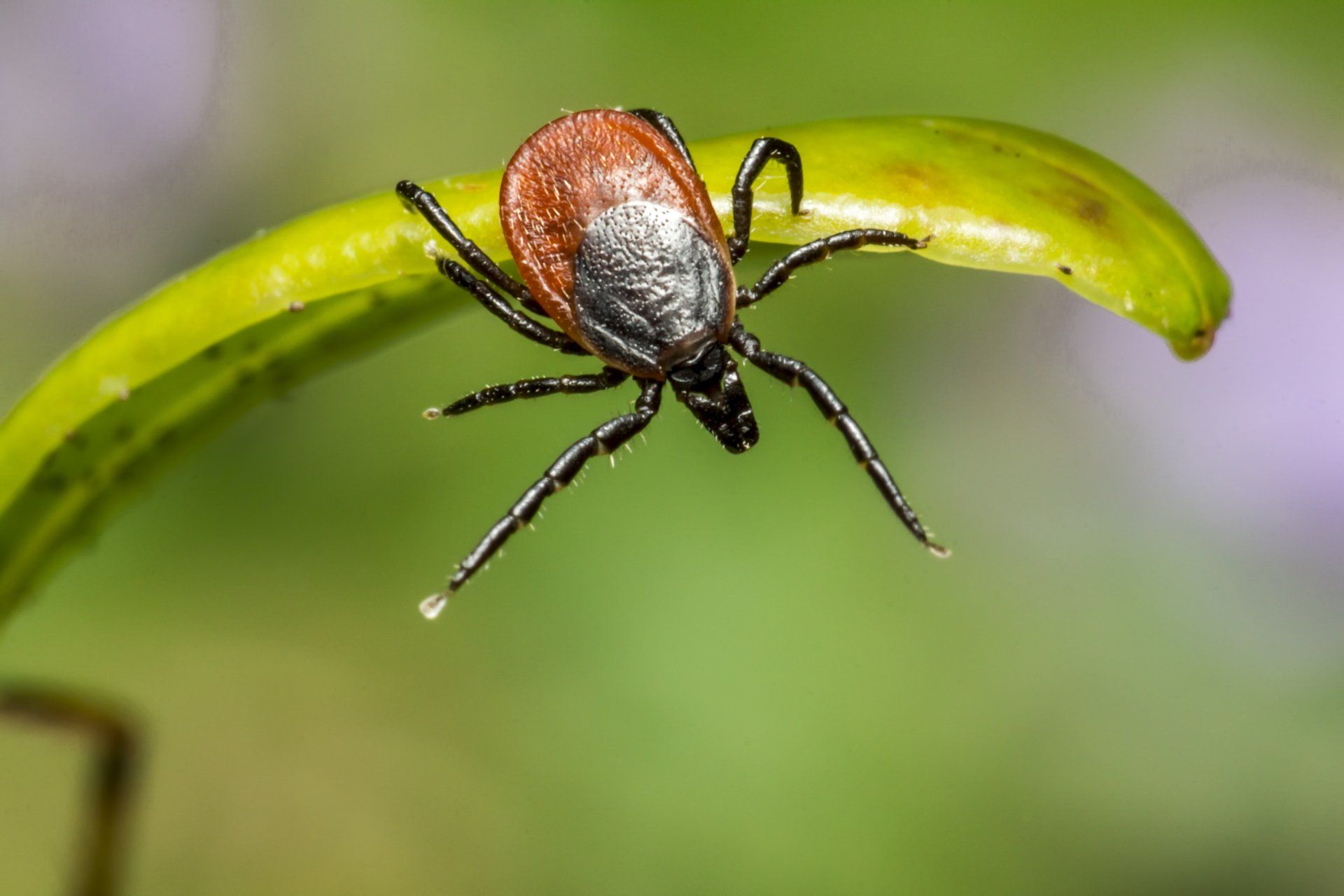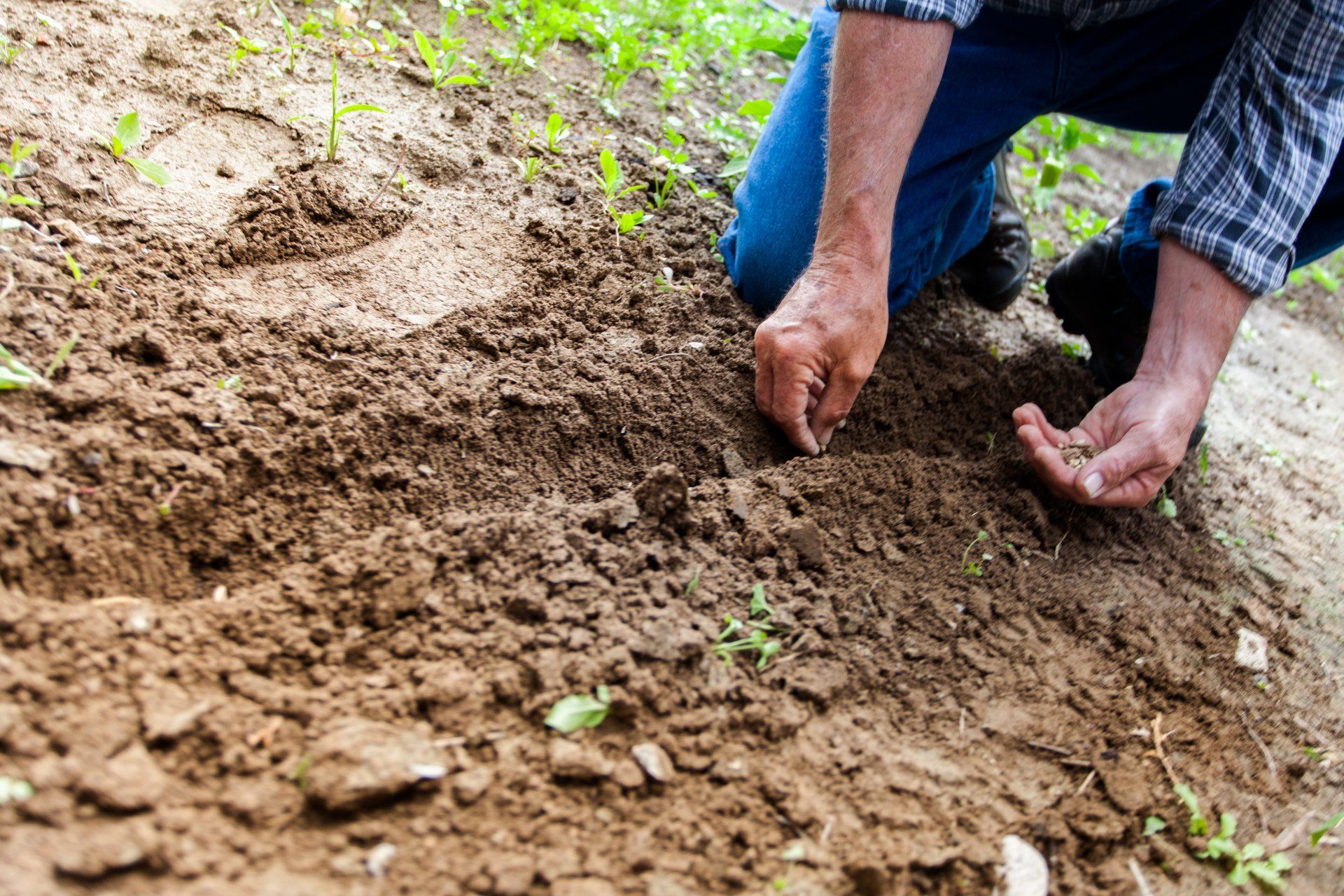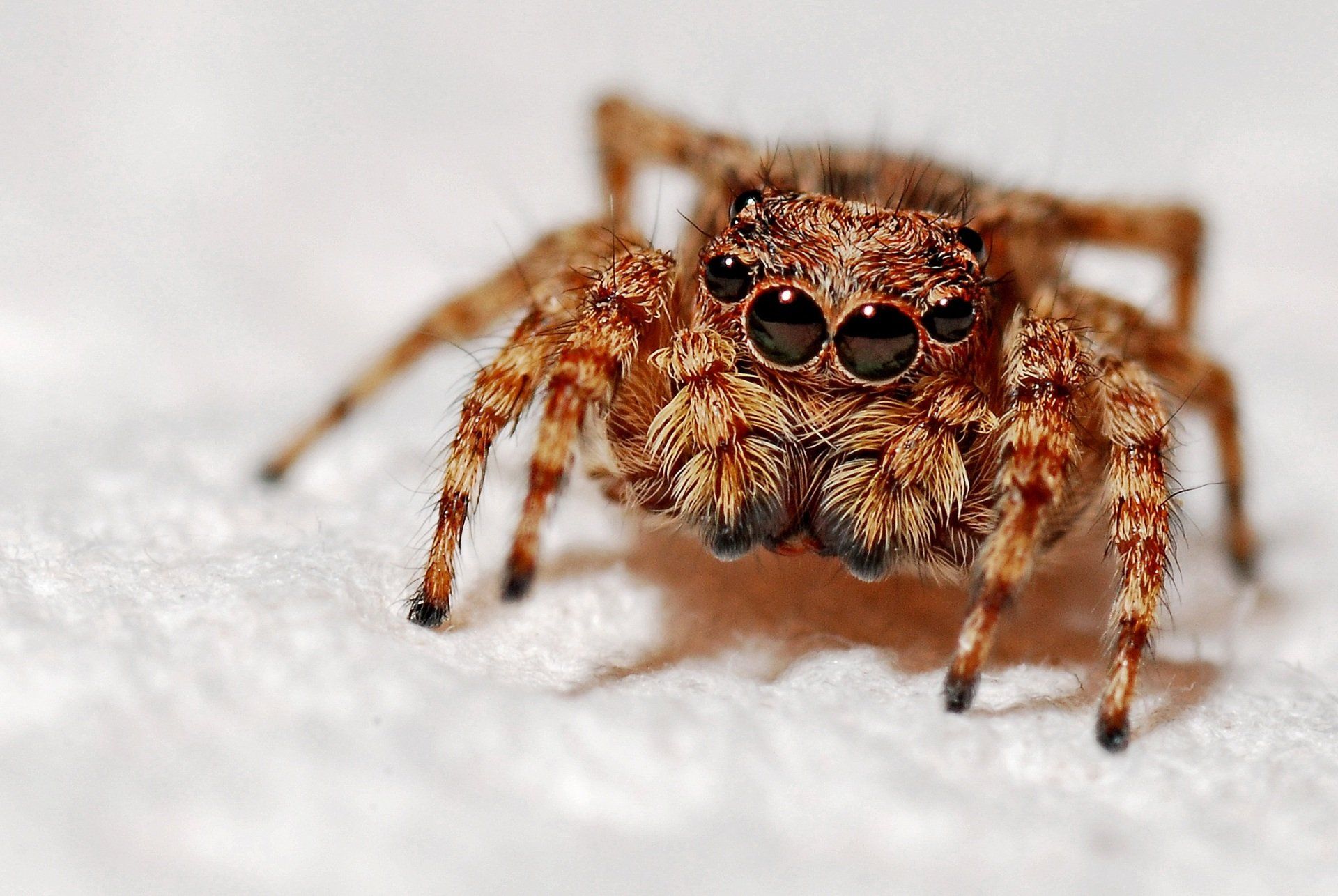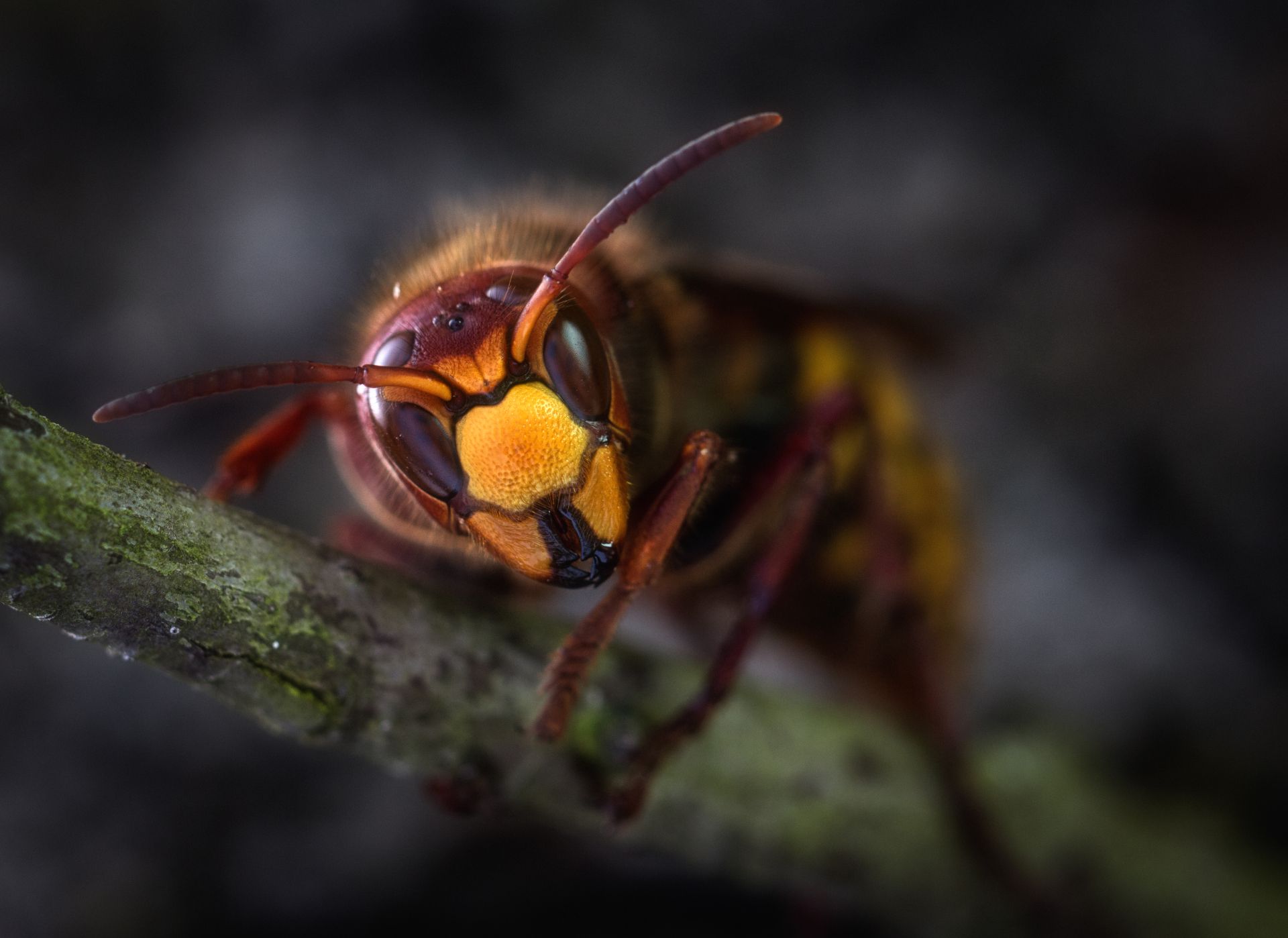Water Damage and Carpenter Ants: Warning Signs Homeowners Need to Know
Carpenter ants thrive on water damaged wood. Ensure your home is protected today.
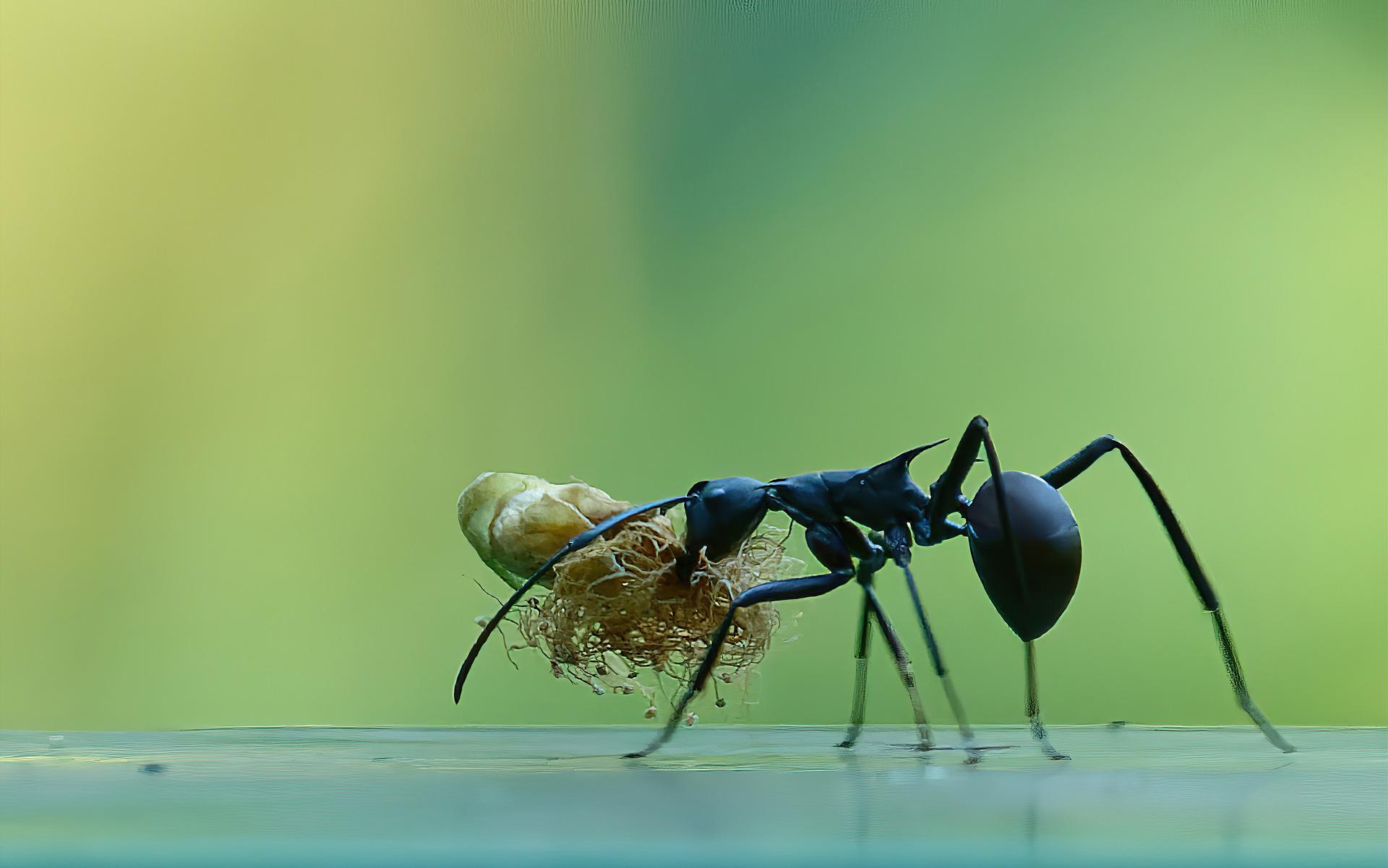
Did you know that a mature carpenter ant colony can house anywhere from 3,000-10,000 ants? If your home has had any type of water damage, it may be prime real estate for carpenter ants to set up shop.
Carpenter ants thrive on rotted wood. As these invasive insects make their way into your home, they’ll continue to eat away at your home’s wood as they build their nests. This causes serious damage to your house’s structure.
But what are the warning signs of carpenter ants in a house? And what carpenter ant damage should you be on the lookout for?
Keep reading for carpenter ant warning signs every homeowner needs to know.
Identifying Carpenter Ants
You may be wondering, “What’s the difference between carpenter ants vs black ants?” Carpenter ants are much larger, usually measuring half an inch in length but ranging anywhere from
¼ to ⅝ of an inch.
It’s important to remember that all ant species have wings. You may see carpenter ants with wings, a feature common among this invasive pest, and confuse them with termites.
Carpenter ants are one of the largest, all-black ant species and will drop their wings when they die, whereas termites lose their wings. So if you see large black ants with wings, you should consult with a pest control company to properly identify the insect.
If you spot a carpenter ant within your home, don’t assume they’re raiding your pantry for food. Carpenter ants have an easier time locating food sources outside your home, so if you see one inside, it’s best to take a proactive stance and
contact pest control immediately.
Let’s take a look at some signs of carpenter ants in a house.
Frass AKA Sawdust
When carpenter ants infest your home, their extensive damage is often identified by frass, also known as sawdust. As these tiny invaders dig their way through your walls, you’ll see a buildup of frass on your floors or even your walls. You may also notice tiny holes around the frass.
Frass is part of the carpenter ant wood damage you can expect to see as they make their way into your home. Since
carpenter ants don’t ingest the wood, they’ll leave piles of it in their wake.
Once you see this, it’s time to call in the cavalry.
Strange Sounds
It’s not uncommon for carpenter ants to make crinkling or rustling sounds as they invade your home. These noises will most likely come from your home’s beams or studs and are especially loud at night.
Regardless of what type of noise you hear within your walls, crawlspace, or attic, it’s always best to
call in a professional to safely and efficiently remove pests from your property.
You might also be wondering about a carpenter ant bite, especially if you suspect they’re residing within your home.
Carpenter ant bites are uncommon but may be the result of self-defense. They aren’t dangerous to your health.
Wood Damage
Wood damage is one of the most unsettling events any homeowner can uncover. You’ve already dealt with your water-damaged home, and now you’ve found even more wood damage- but from winged insects, no less.
Since carpenter ants nest inside your home’s wood, they hollow it out. This is especially concerning because they can compromise the structural integrity of your house.
Even worse, pest damage is usually
not covered by homeowners insurance since this type of damage can be prevented.
Repairing damaged wood is expensive. Why spend hundreds if not thousands of dollars on unnecessary expenses when you can prevent carpenter ants in the first place? If you suspect carpenter ants are in your home,
take preventative action immediately.
Say Goodbye to Carpenter Ants Once and For All
Spring and fall mark important times in the foraging and expansion process for carpenter ants. That’s why you need preventative treatment during these seasons.
Carpenter ants will hunt for resources to expand their colony. They search for safe harborage during the winter months.
This safe harborage might very well be your home.
Why wait for a colony to infiltrate or for carpenter ant wood damage to present itself?
Contact Serene Property Services today for all your pest removal and prevention needs.
We will get back to you as soon as possible
Please try again later
About Us
Contact Info


